In the complex tapestry of nature, animals often form unexpected partnerships that challenge our understanding of inter-species relationships. Beyond the predator-prey dynamic that dominates wildlife documentaries, remarkable alliances exist where different species cooperate for mutual benefit. These symbiotic relationships demonstrate nature’s ingenuity in fostering survival through collaboration rather than competition. From tiny cleaner fish servicing massive predators to birds and mammals working together to find food, these partnerships showcase evolutionary solutions to environmental challenges. The following thirteen examples highlight some of the most fascinating and surprising animal alliances found in the wild.
Crocodiles and Plover Birds The Dental Hygienists

One of the most astonishing partnerships in nature occurs between the Nile crocodile and the Egyptian plover bird. These fearsome reptiles, capable of dismembering large mammals with their powerful jaws, will lie motionless with their mouths wide open, allowing tiny plovers to hop inside. The birds meticulously pick out bits of rotting meat and parasites lodged between the crocodile’s teeth, essentially providing a thorough dental cleaning. This remarkable symbiotic relationship benefits both parties—the crocodile maintains better oral hygiene while the plover enjoys a nutritious meal. What makes this alliance particularly surprising is the incredible restraint shown by the crocodile, which could easily snap its jaws shut and consume the bird but instead recognizes the value of this cleaning service. Scientists have observed this behavior consistently across multiple African waterways, confirming that it’s a genuine example of mutualism rather than an occasional anomaly.
Honeyguide Birds and Humans The Sweet Collaborators

The greater honeyguide bird and humans share one of the most ancient interspecies collaborations known to science. Native to sub-Saharan Africa, these remarkable birds deliberately attract human attention through distinctive calls and flight patterns, then lead honey-hunting tribespeople directly to beehives hidden in trees or underground. Once humans extract the honey using tools and smoke, the birds feast on the beeswax and larvae left behind—food sources they couldn’t access without human help. Remarkably, research published in Science has demonstrated that these birds understand specific human calls that signal a desire to hunt for honey, responding to these calls at a rate significantly higher than to other human sounds. This communication has evolved over centuries and represents a rare example of wild animals actively initiating cooperation with humans. The partnership is estimated to be thousands of years old, predating modern human record-keeping, and continues today in parts of Africa where traditional honey-gathering practices persist.
Clownfish and Sea Anemones The Protected Tenants
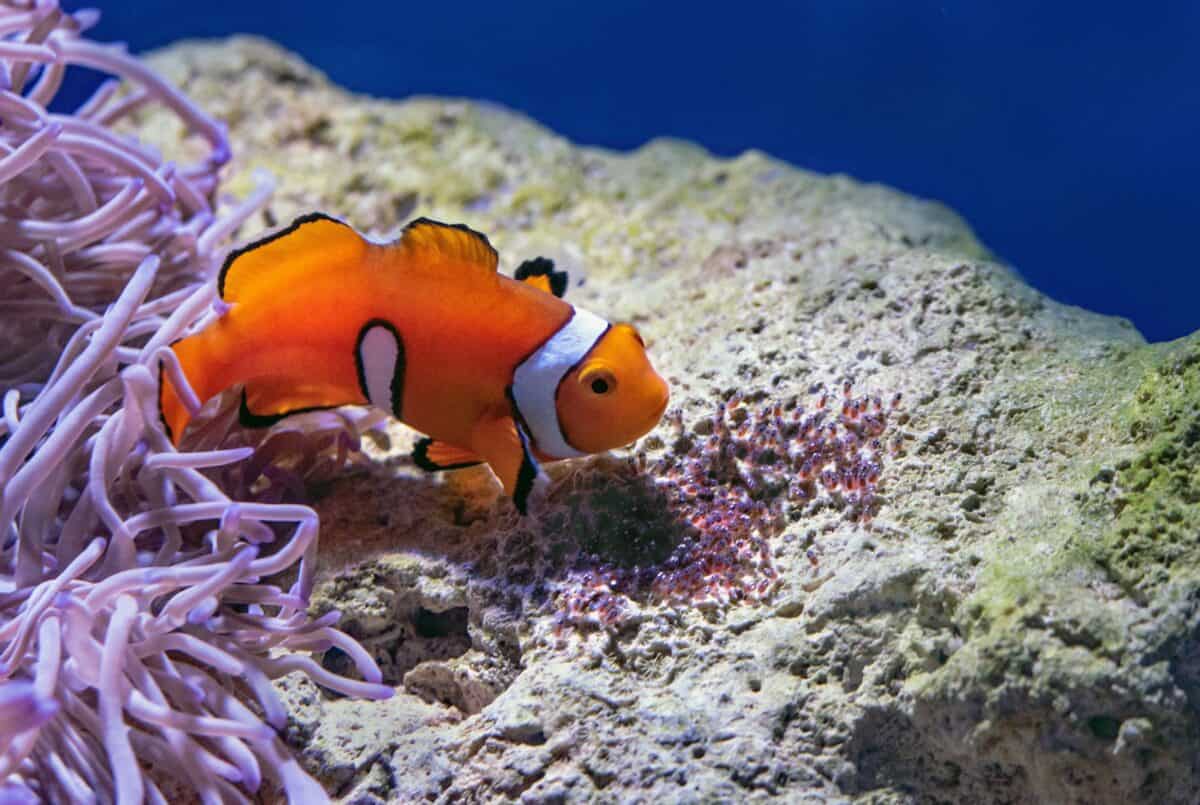
The alliance between clownfish and sea anemones represents one of the ocean’s most iconic symbiotic relationships. Sea anemones possess stinging tentacles containing potent neurotoxins that repel or kill most fish that make contact with them. Clownfish, however, have evolved a special mucus coating that prevents them from being stung, allowing them to make their homes within the anemone’s tentacles. This arrangement provides the clownfish with exceptional protection from predators, which avoid the anemone’s painful sting. In return, the clownfish provide numerous benefits to their hosts: they remove parasites, chase away predatory fish that might eat the anemone’s tentacles, protect anemone eggs, provide nutrients through their waste, and increase water circulation around the anemone by swimming among its tentacles. Research has shown that anemones inhabited by clownfish grow faster and have higher survival rates than those without fishy partners. This relationship is so specialized that many clownfish species can only live with specific anemone species, having evolved together over millions of years.
Oxpeckers and Large Mammals The Mobile Pest Control
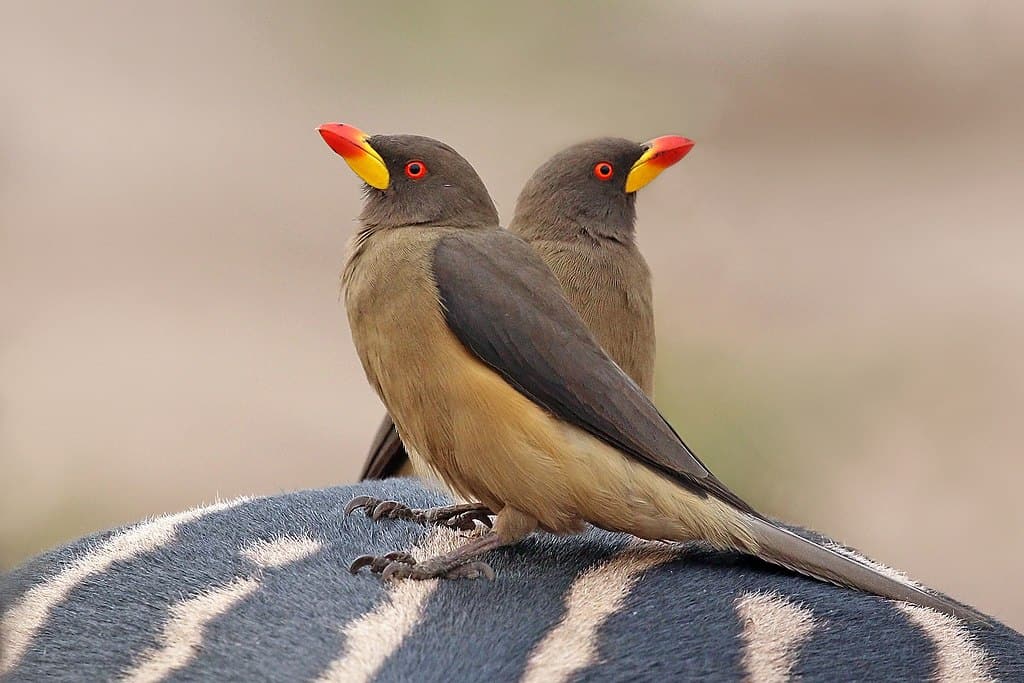
Across the African savanna, red-billed and yellow-billed oxpeckers form important alliances with large mammals including rhinos, zebras, impalas, and buffaloes. These birds perch on their mammalian partners and meticulously remove ticks, flies, and other parasites from their skin and fur. A single oxpecker can consume thousands of ticks daily, providing invaluable pest control services for animals that cannot easily groom themselves. Beyond parasite removal, oxpeckers also serve as an early warning system, making loud alarm calls when they spot potential predators approaching, giving their hosts time to flee from danger. However, this relationship has complexity—while primarily beneficial, researchers have observed that oxpeckers sometimes peck at and enlarge wounds on their hosts to feed on blood, showing that even long-established partnerships can have competitive aspects. Studies have estimated that large mammals hosting oxpeckers have up to 50% fewer ticks than those without these avian partners, demonstrating the significant health benefits these birds provide despite occasional exploitation.
Cleaner Shrimp and Reef Fish The Underwater Spa

On coral reefs worldwide, cleaner shrimp operate what amounts to underwater grooming stations for fish of all sizes. These small crustaceans set up shop in designated areas of the reef where fish—including large predatory species that would typically eat shrimp—come to receive cleaning services. The shrimp remove parasites, dead skin, and infected tissue from their “clients,” even climbing inside the mouths and gill chambers of much larger fish. The fish recognize these cleaning stations and enter a trance-like state during grooming, temporarily suspending their predatory instincts. This relationship benefits both parties: the fish receive essential healthcare that improves their survival rates, while the shrimp gain reliable nutrition without hunting. Marine biologists have documented over 110 species of fish that regularly visit cleaner shrimp stations, including barracuda, moray eels, and groupers. Research has shown that reef areas with healthy, cleaner shrimp populations support greater fish diversity and lower parasite loads, highlighting the ecological importance of this unexpected partnership in maintaining coral reef health.
Badgers and Coyotes The Hunting Partnership
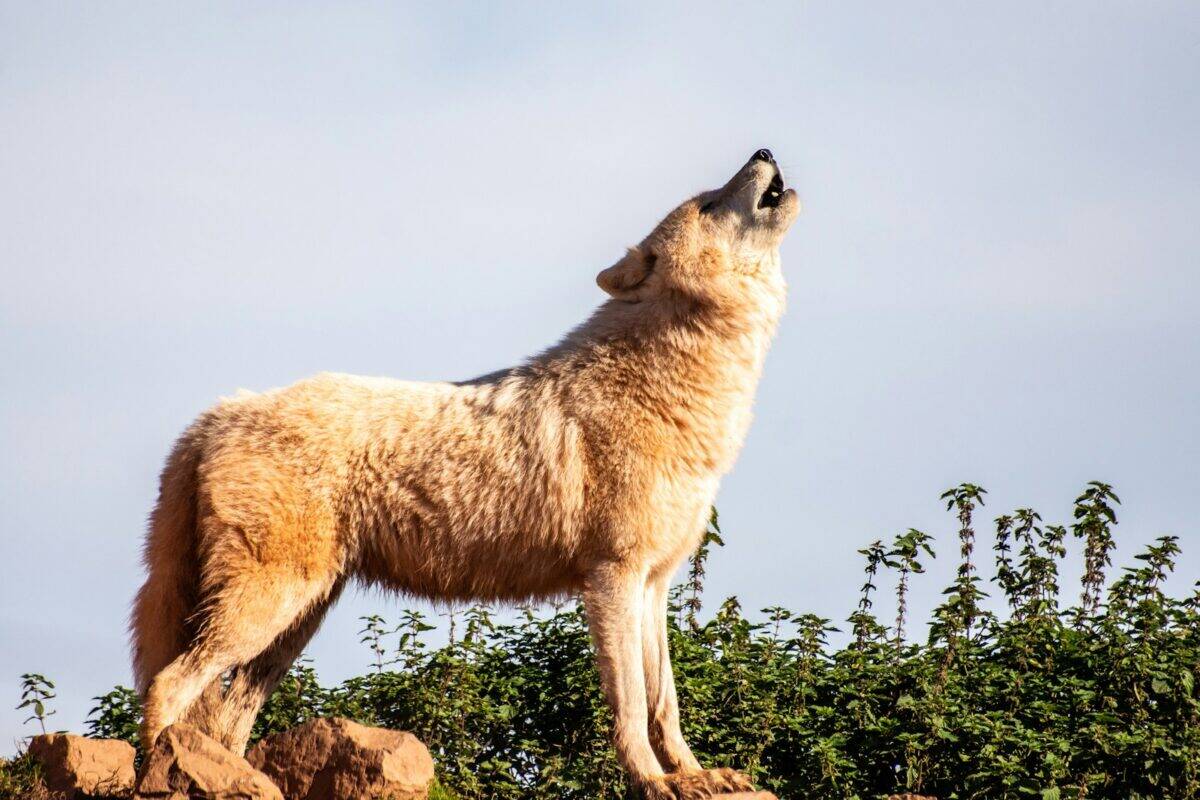
In the grasslands and prairies of North America, badgers and coyotes form a surprising hunting alliance that demonstrates a remarkable cooperative strategy. These mammals have different but complementary hunting techniques—badgers excel at digging out ground-dwelling prey like prairie dogs and ground squirrels. At the same time, coyotes are better at running them down in open terrain. When hunting together, they create an effective team: if prey escapes underground, the badger digs after it; if the prey flees across the surface, the coyote gives chase. Studies by the American Society of Mammalogists have shown that both species catch significantly more prey when working together than when hunting alone—up to 33% more for coyotes and 25% more for badgers. Researchers have observed these animals travelling together between hunting sites and even appearing to communicate through body language, suggesting this is a deliberate partnership rather than coincidental hunting in the same area. This alliance is especially noteworthy because, in other contexts, these species might compete for resources, yet they’ve evolved cooperation strategies that benefit both.
Pistol Shrimp and Goby Fish, The Watchful Roommates
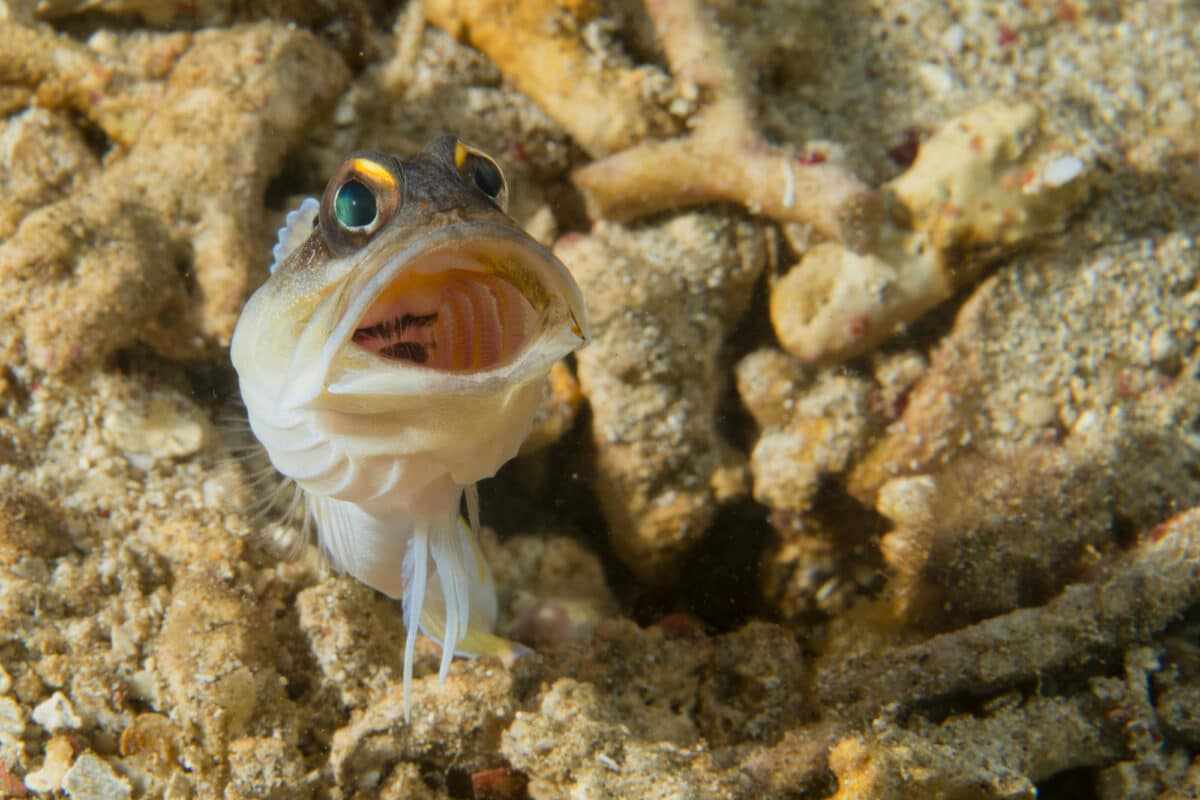
One of the ocean’s most fascinating partnerships exists between pistol shrimp and goby fish, who literally share a home on the seafloor. The nearly blind pistol shrimp is an excellent burrower, creating and maintaining intricate tunnels in the sand or mud. However, its poor vision makes it vulnerable to predators. This is where the goby fish enters the alliance—it has excellent vision and serves as a lookout while sharing the shrimp’s burrow. The shrimp maintains constant physical contact with the goby using its antennae, and the fish communicates danger through specific tail movements and body vibrations. When the goby signals danger, both animals retreat quickly into their shared home. This arrangement provides the goby with a safe refuge it couldn’t create itself while the shrimp gains a reliable security system. Marine biologists studying this relationship have identified at least 120 species of gobies and 20 species of pistol shrimp involved in these partnerships, with many pairs showing species-specific fidelity. The relationship is so interdependent that if researchers experimentally remove all gobies from an area, the pistol shrimp stop emerging from their burrows entirely, demonstrating how essential this alliance is to their survival.
Ravens and Wolves, The Scavenging Coalition
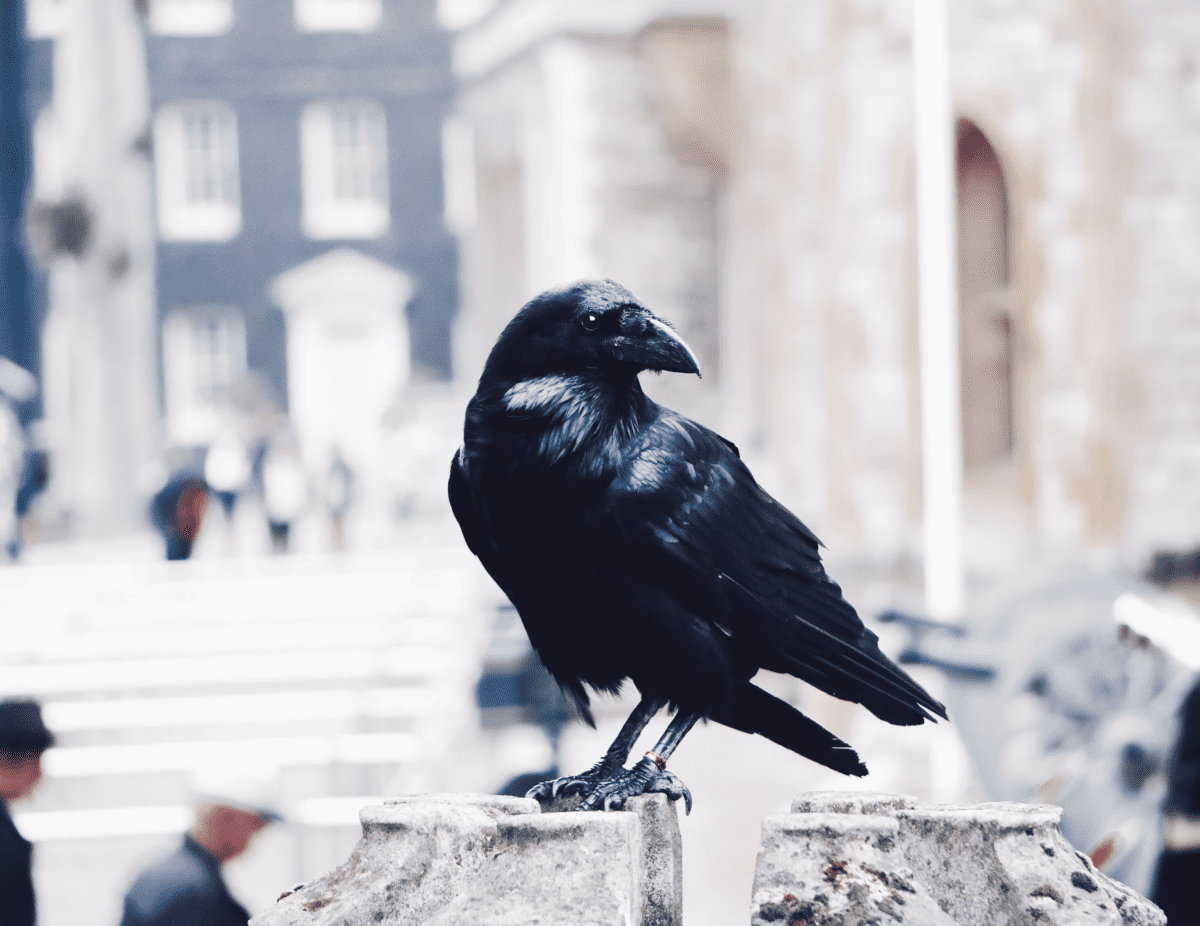
In the forests and tundra of the Northern Hemisphere, common ravens and grey wolves have developed a fascinating cooperative relationship centred around hunting and scavenging. Ravens closely follow wolf packs and alert wolves to potential prey through their calls and flight patterns. When wolves make a kill, ravens benefit by scavenging the remains that they couldn’t access on their own, especially from large carcasses with tough hides. Interestingly, wolves also benefit from this arrangement—researchers have observed that ravens’ calls and behaviour help wolves locate prey, particularly in dense forests or during poor visibility conditions. Additionally, ravens’ loud feeding activity at carcasses helps wolves locate kills made by other predators. A study published in Ecological Monographs found that in some areas of Yellowstone National Park, up to 37% of wolf kills were first discovered by ravens and then communicated to the wolves. This relationship appears to have developed over thousands of years of coexistence, with both species evolving behaviours that facilitate this unlikely partnership between a bird and a large predatory mammal. Some researchers even suggest that early human hunters may have formed similar relationships with ravens before the domestication of wolves.
Ants and Aphids The Farmers and Their Livestock
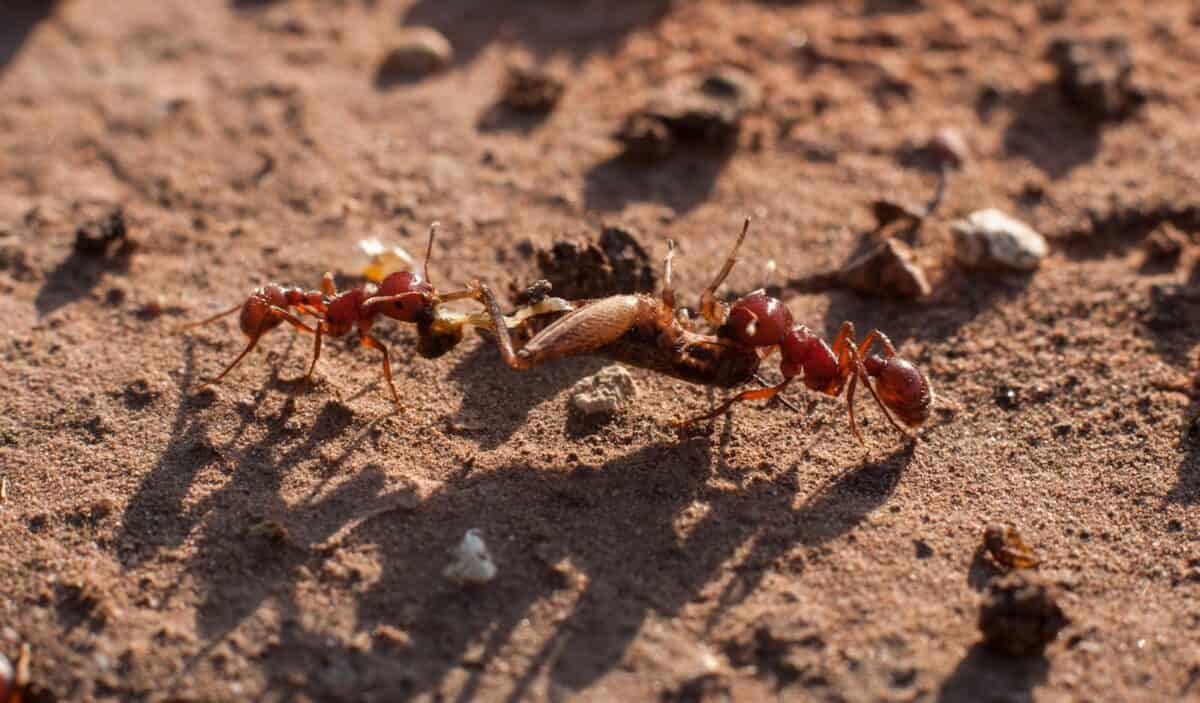
The relationship between various ant species and aphids represents one of the most sophisticated examples of animal husbandry outside of human agriculture. Ants actively protect aphids from predators like ladybugs and parasitic wasps, transport them to prime feeding locations on plants, and even shelter them in their nests during harsh weather. In return, the aphids secrete a sugary substance called honeydew when gently stroked by the ants’ antennae—a nutritious food source that can provide up to 90% of a colony’s energy needs. This relationship has evolved to such a degree that some ant species collect and store aphid eggs in their nests during winter, carefully tending them until spring, when they can be returned to host plants. Myrmecologists (ant researchers) have documented cases where ants selectively breed their aphid partners by preventing winged aphids from departing the colony and prioritizing the care of more productive individuals. Some ant species have even evolved specialized behaviours to prevent honeydew from becoming contaminated by mould, demonstrating the sophisticated management techniques developed over millions of years of co-evolution. This mutualistic relationship has been observed on every continent except Antarctica, involving hundreds of different ant and aphid species.
Mongoose and Warthogs The Grooming Companions

Across the savannas of Africa, dwarf mongooses and warthogs engage in a mutually beneficial grooming relationship that showcases interspecies cooperation. Warthogs will deliberately lie down and expose their undersides, allowing mongooses to climb over them and remove ticks, fleas, and other ectoparasites. This grooming provides obvious benefits to the warthogs, who receive cleaned areas they cannot reach themselves, particularly around their face, ears, and underparts. The mongooses gain an easy meal of nutritious parasites without having to hunt. Beyond parasite removal, the relationship offers additional benefits—the small mongooses gain protection from predators by associating with the larger warthogs, while the warthogs benefit from the mongooses’ keen senses and alarm calls that warn of approaching danger. Field research in Kenya’s Masai Mara has documented that warthogs with mongoose companions have significantly lower parasite loads than those without such partnerships. What makes this alliance particularly remarkable is that these mammals belong to entirely different taxonomic orders yet have developed consistent, recognizable behaviors specifically to facilitate their cooperation.
Ostriches and Zebras The Vigilant Grazers
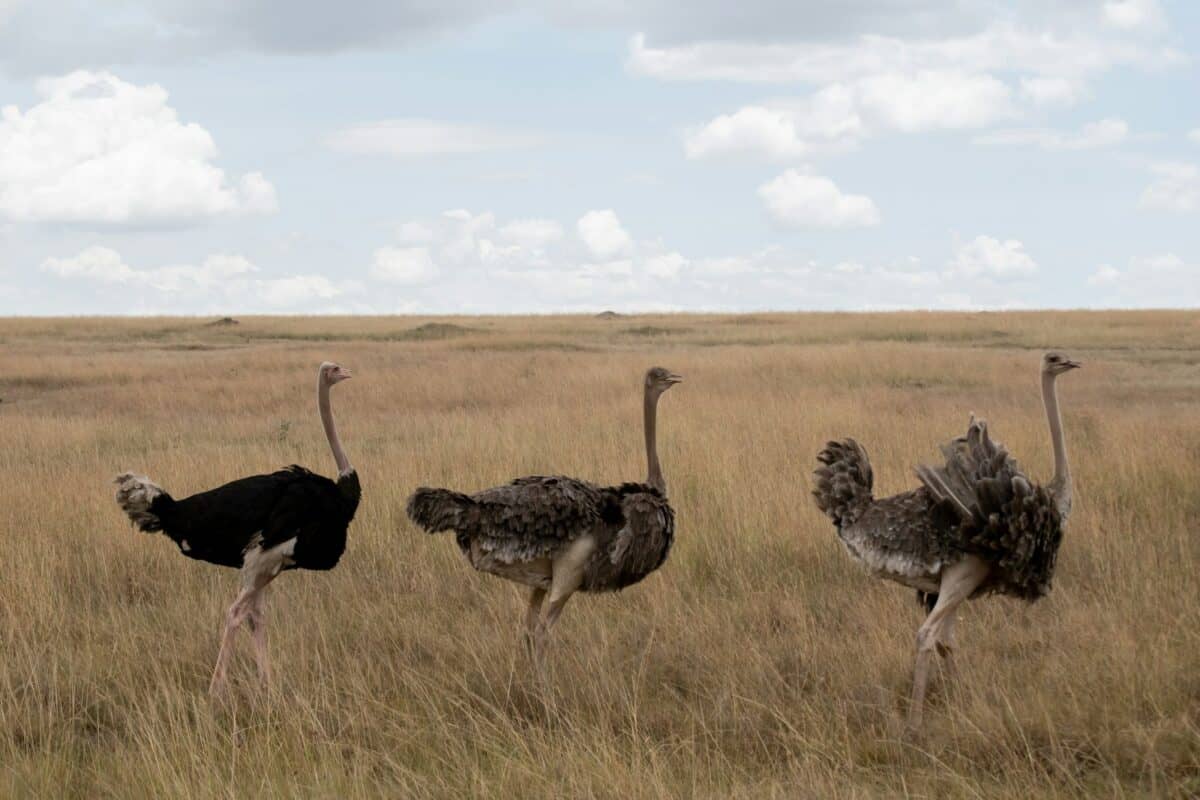
On the African plains, ostriches and zebras form an alliance based on complementary sensory abilities that enhance predator detection. Ostriches possess exceptional vision, capable of spotting predators from great distances across the open savanna. Zebras, meanwhile, have excellent hearing and a well-developed sense of smell. When these species graze together, they create a more effective surveillance system than either could maintain alone. Ostriches detect distant visual threats, while zebras identify dangers through sound and scent, particularly in tall grass where visibility is limited. Research conducted in Tanzania’s Serengeti ecosystem found that mixed groups of zebras and ostriches react to potential threats an average of 2.6 minutes faster than single-species groups. This alliance extends beyond just predator detection—ostriches benefit from the zebras’ ability to locate water sources.
In contrast, zebras gain warning of approaching predators thanks to the ostriches’ height and vision. Zoologists have noted that other herbivores, including wildebeest and gazelles, often join these mixed-species groups, suggesting the survival advantages of this partnership are recognized across the savanna ecosystem. Neither species displays territorial aggression toward the other, having evolved compatible feeding strategies that minimize competition despite occupying the same habitat.
Tarantulas and Frogs The Odd Roommates
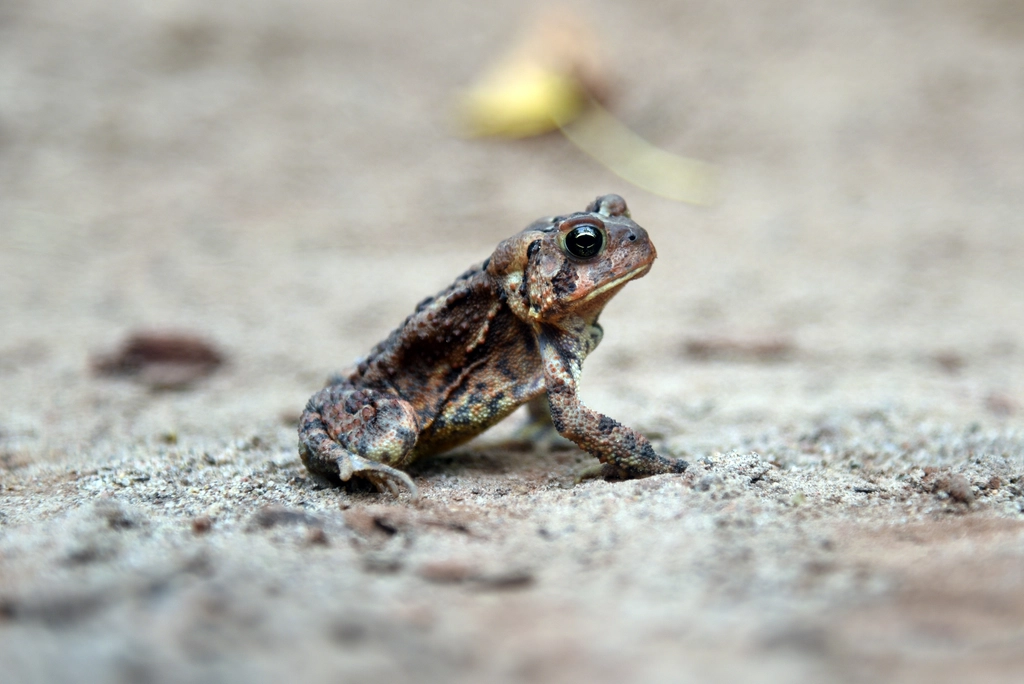
In the rainforests of South America, particularly in Peru and Brazil, a remarkable partnership exists between the Colombian lesser-black tarantula and the humming frog. This tiny amphibian lives alongside one of the world’s largest spiders in its burrow—a scenario that normally would end badly for the frog. However, this arrangement benefits both species in unexpected ways. The microhylid frog consumes small insects like ants and termites that would otherwise prey on the tarantula’s eggs and young. In return, the imposing arachnid protects the frog from predators that would normally target such a small amphibian. Herpetologists studying this relationship have observed that the tarantula can clearly distinguish between these partner frogs and other similarly-sized potential prey, never attempting to eat their tiny roommates despite regularly consuming other frogs of comparable size. Laboratory experiments have confirmed that tarantulas with frog partners successfully raise more offspring than those without, while partner frogs show higher survival rates than solitary individuals. Perhaps most remarkably, researchers have documented that the tarantula’s front legs can detect the specific vibration pattern of their partner frogs’ movements, allowing them to identify their allies even in complete darkness. This specialized recognition system represents millions of years of co-evolutionary development.
Groupers and Moray Eels The Coordinated Hunters
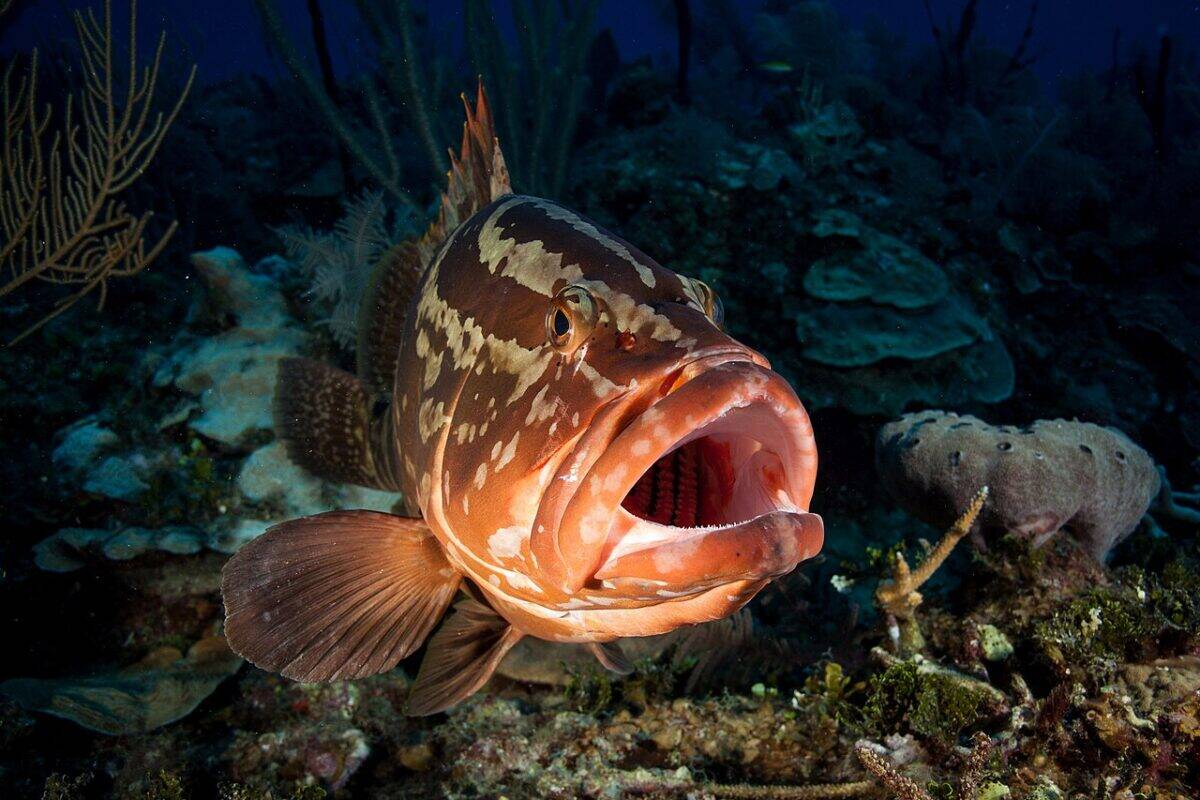
In coral reef ecosystems around the world, grouper fish and moray eels have developed a sophisticated cooperative hunting strategy that demonstrates problem-solving and communication across species boundaries. These two predators have entirely different hunting specializations—groupers are powerful swimmers capable of bursts of speed in open water. At the same time, moray eels can squeeze their sinuous bodies into cracks and crevices within the reef. When hunting alone, prey fish can escape either predator by retreating to where that particular hunter can’t reach them. However, when hunting together, the prey has nowhere to hide: fish hiding in reef cracks to escape groupers are flushed out by moray eels, while those fleeing into open water to avoid eels are captured by groupers. Marine biologists from the University of Cambridge documented that groupers will use specific head-shaking gestures to recruit moray eels for joint hunts and point their snouts toward locations where prey is hiding. The hunting success rate for both species increases by over 40% during these collaborative ventures compared to solo hunting. What makes this alliance particularly remarkable is the clear evidence of intentional communication and coordination between two very different fish species with separate evolutionary histories. This behaviour represents one of the few documented cases of cooperative hunting between different fish species and suggests higher cognitive abilities than previously attributed to these animals.
The Remarkable Nature of Wild Alliances

These thirteen unexpected animal partnerships demonstrate nature’s remarkable ability to foster cooperation across species boundaries. From the tiny aphid farmers and their ant protectors to the surprising alliance between fearsome predators like wolves and intelligent ravens, these relationships challenge our understanding of wildlife interactions as being primarily competitive. Each partnership has evolved over thousands or millions of years, resulting in specialized behaviours, communication methods, and even physiological adaptations that facilitate cooperation. These alliances remind us that survival in natural ecosystems often depends as much on collaboration as on competition. As we continue to study these fascinating relationships, we gain deeper insights into the complex web of interdependence that characterizes healthy ecosystems, potentially offering valuable lessons for human coexistence with nature and each other.
- 13 Animals That Form Surprising Alliances in the Wild - August 12, 2025
- 12 Insect Species That Could Swarm the U.S. This Summer - August 12, 2025
- 13 Ocean Animals With Amazing Hidden Superpowers - August 12, 2025

